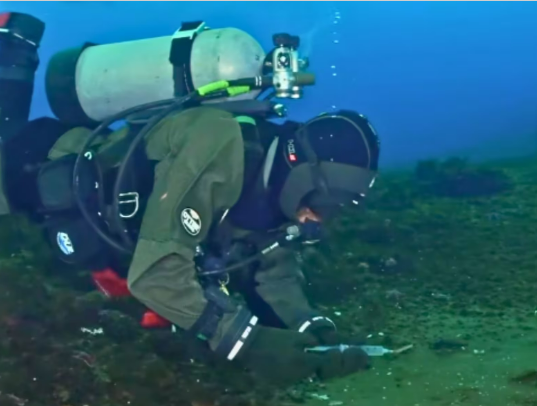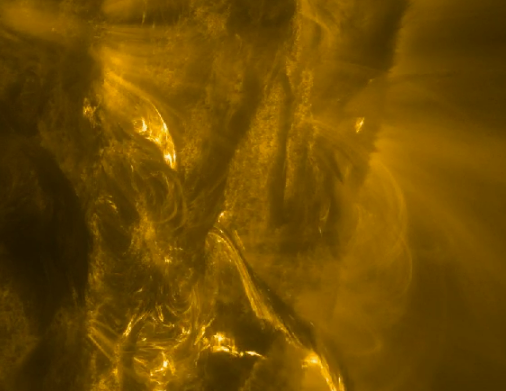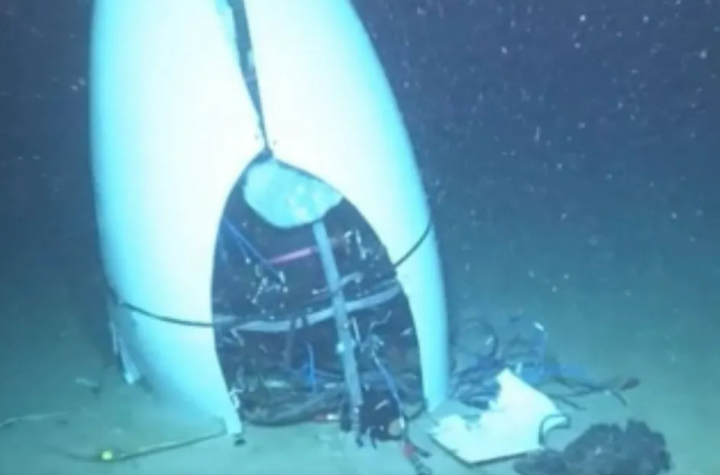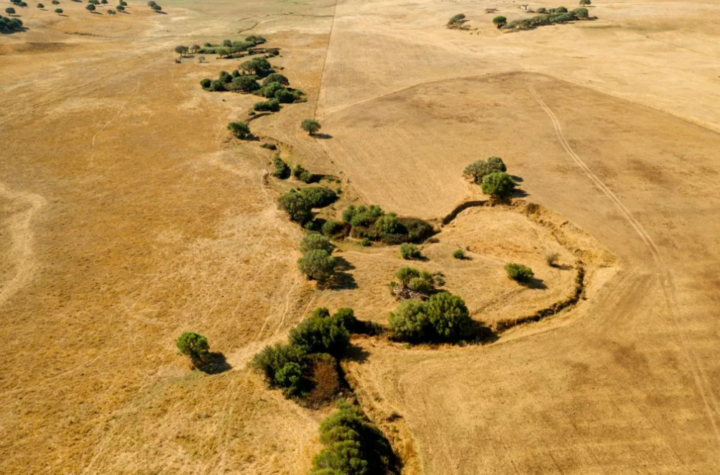An international team of researchers has uncovered dozens of new methane leak sites on the Antarctic seafloor — a discovery that raises concerns about global warming and its potential effects on polar ecosystems.

The study, published on October 1st in Nature Communications, reveals that methane is escaping from shallow areas of the Ross Sea, located south of the frozen continent. The team, led by marine scientist Sarah Seabrook from New Zealand’s Institute of Earth Sciences, conducted dives, acoustic surveys, and underwater vehicle missions to investigate the area.
Initially, the scientists intended to study a single methane release point near Cape Evans, on the western side of Ross Island. However, upon arrival, they were surprised to find numerous new leak sites, turning the seafloor into a mosaic of bubbling plumes and unusual chemical formations.
Methane (CH₄) is a greenhouse gas about 80 times more effective at trapping heat than carbon dioxide (CO₂) during the first two decades after its release. While CO₂ has longer-lasting effects, methane is one of the most powerful short-term drivers of global warming.
According to the researchers, about 60% of global methane emissions are caused by human activity, primarily livestock and fossil fuel combustion, while the remaining 40% come from natural sources, such as wetlands, marine sediments, and frozen soils.
The main concern lies in the so-called “climate feedback loop”: as global temperatures rise, melting ice and permafrost — frozen layers of ground and sediment — release even more methane and CO₂, further intensifying the warming and accelerating the thawing process.
Before this new research, only one methane leak had been confirmed in Antarctica, discovered in 2011. However, in the Arctic, thousands of similar sites have already been recorded. In both regions, these emissions create white mats of microorganisms that feed on the gas — natural markers used by scientists to track changes on the ocean floor.
Researchers emphasize that understanding these methane seeps is essential for predicting the role of polar oceans in the planet’s future climate transformations.




More
Solar Superstorm: What Would Happen if the Sun Shut Down Earth’s Technology?
Report Reveals Structural Failures in the Titan Submersible Before the Tragedy
Earth’s Inner Heat May Split Africa and Create a New Ocean